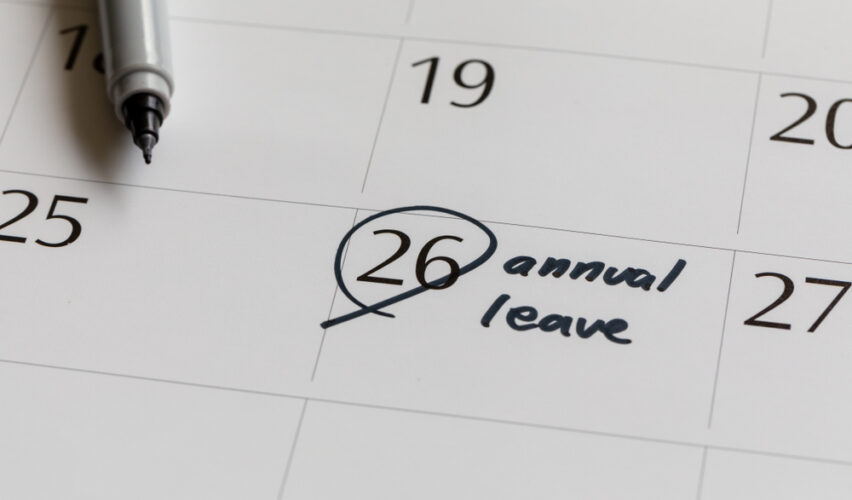Have you ever wondered why so many federal workers pick a retirement date toward the end of the calendar year? The logic is simple — since it often coincides with the last day of the annual leave year, it’s a good way to maximize your lump-sum payment for accrued leave.
Although accrued annual leave does not count toward retirement eligibility under FERS, or the calculation of your annuity (pension), with strategic planning you can turn it into a sizable lump-sum payment when you retire.
OPM Rules For Annual Leave Accrual
Whether you’re a FERS or CSRS participant, the accrual rules are the same:
- With fewer than three years of service, you earn 4 hours per biweekly pay period (13 days a year).
- Between 3 and 15 years of service, 6 hours per pay period (20 days a year).
- Once you reach 15 years of service, you earn 8 hours per pay period (26 days a year).
The Use-It-Or-Lose-It Rule
For the majority of GS workers, the maximum annual leave you can carry over from one year to the next is 240 hours. Any accrued hours above this yearly maximum falls under the “Use It or Lose It” rule. This means hours in excess of the carry-over limit must be used before the end of the leave year or you’ll lose this valuable time earned.
“Many federal retirees use their lump-sum payment to help cover expenses while waiting for that first, full annuity check.”
Types of Pay Included in a Lump-Sum Payment
- Rate of basic pay
- Locality pay or other similar geographic adjustment
- Within-grade increase (if waiting period met on date of separation)
- Across-the-board annual adjustments
- Administratively uncontrollable overtime pay, availability pay, and standby duty pay
- Night differential for FWS employees only (including portion of lump-sum period that would have occurred when employee was scheduled to work night shifts)
- Regularly scheduled overtime pay under the Fair Labor Standards Act for employees on uncommon tours of duty
- Supervisory differentials
- Non-foreign area cost-of-living allowances and post differentials
- Foreign area post allowances
Maximize Your Lump-Sum Payment
As long as you retire before the new leave year begins, you won’t lose any accrued annual leave above the yearly carry-over limit. That’s right — if you don’t use any paid leave during the last year of your career, the hours will be added to your carry-over hours to maximize the lump sum you receive when you separate from service. Many federal retirees use their lump-sum payment to help cover expenses while waiting for that first, full annuity check. Make sure you don’t miss out – you’ve earned it.
























